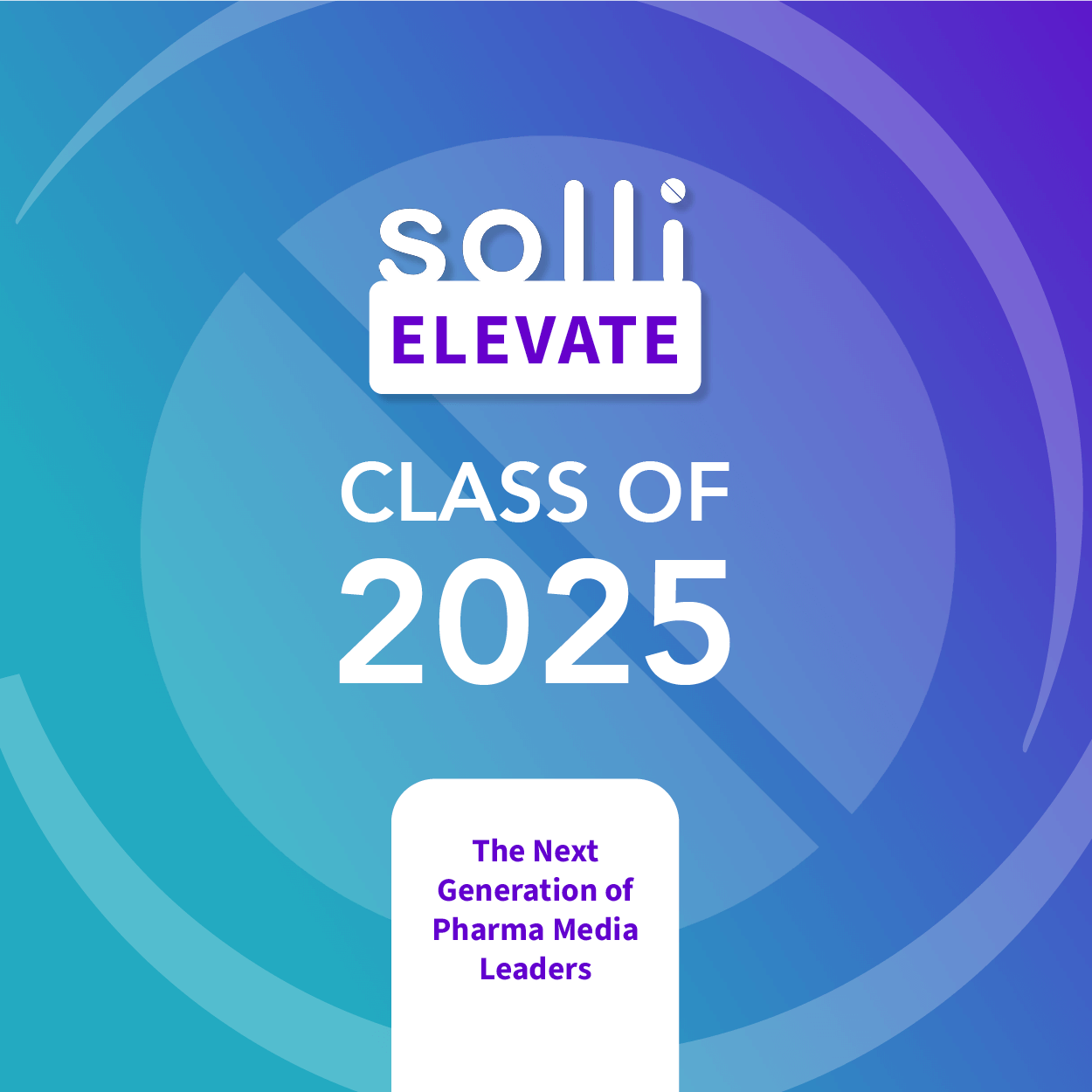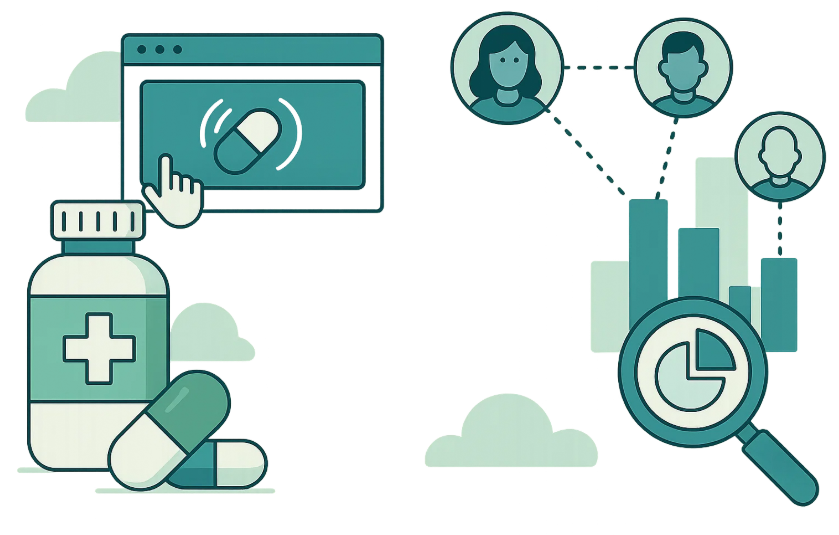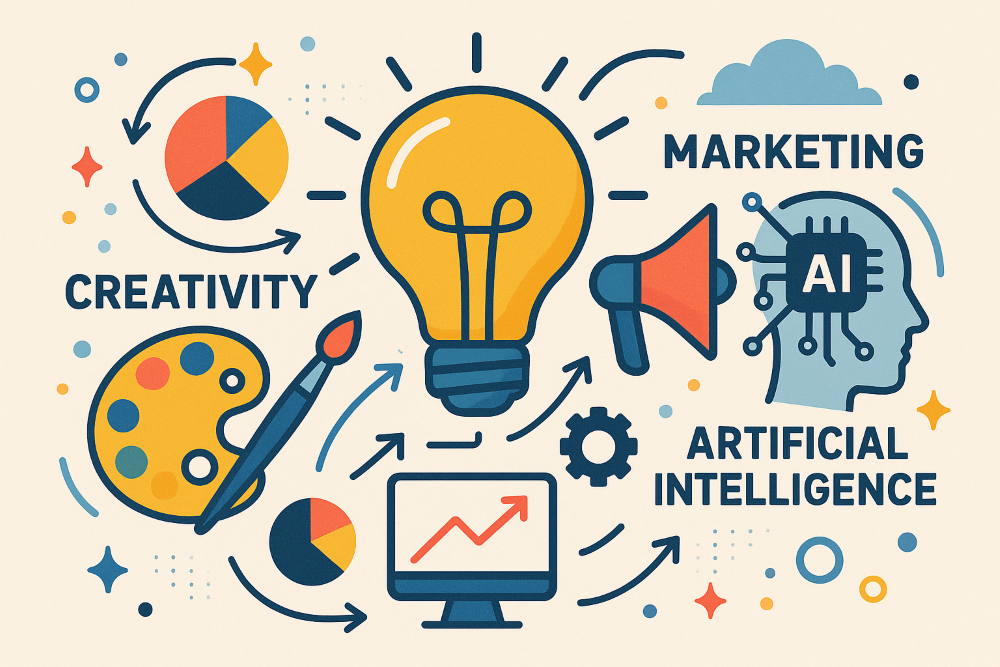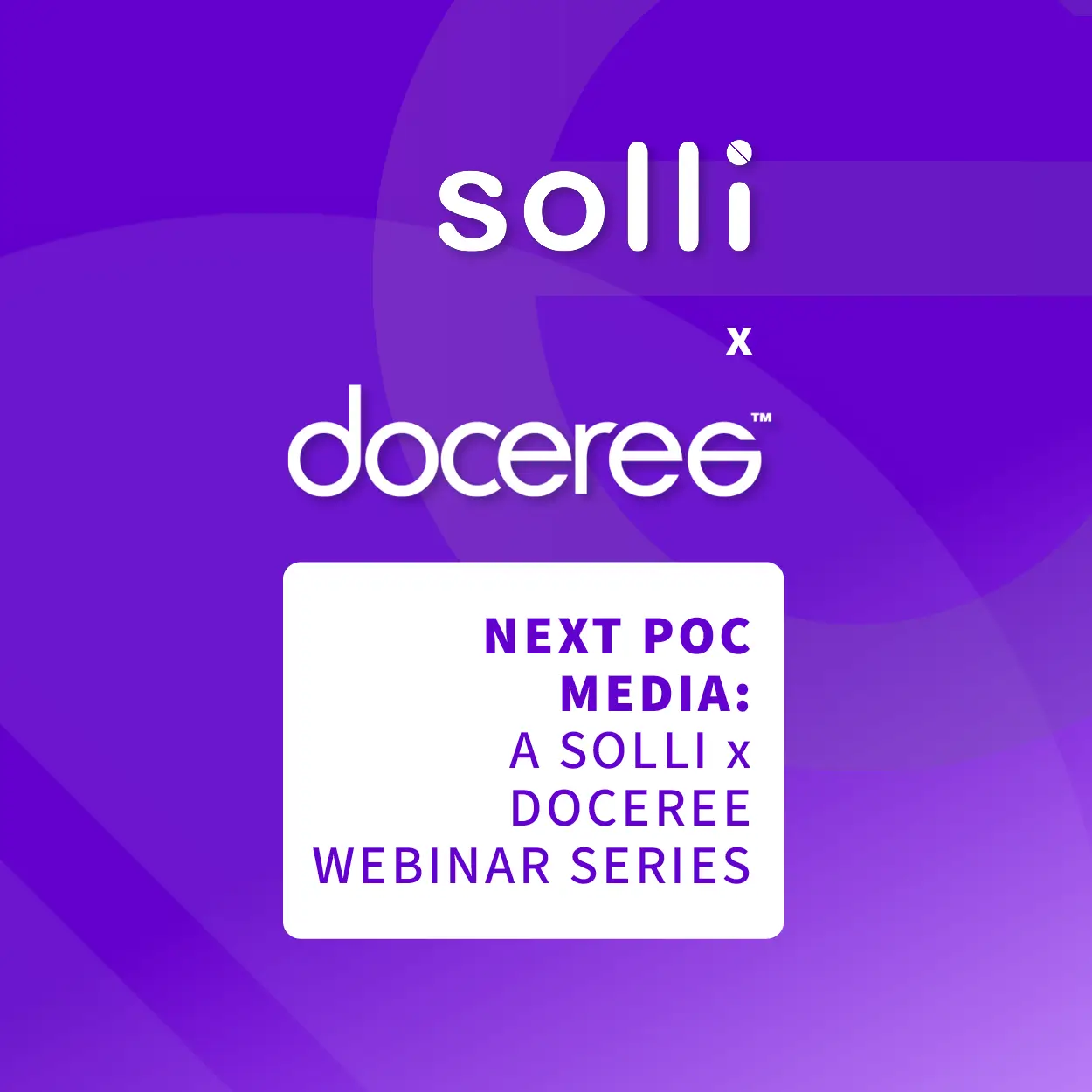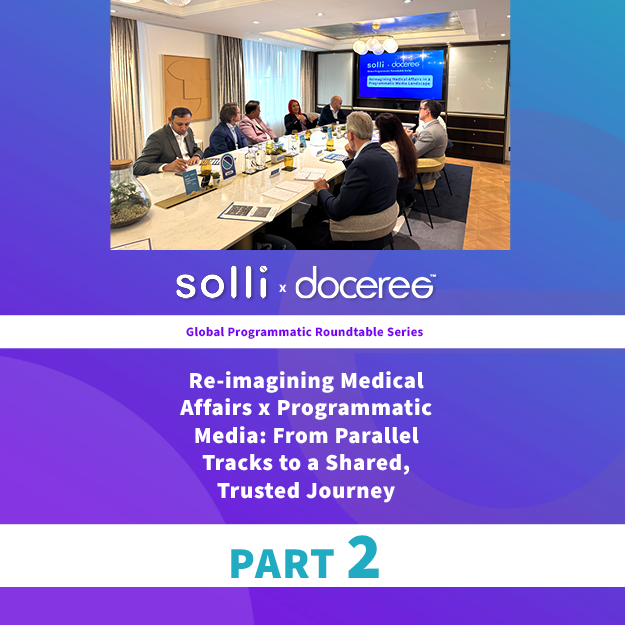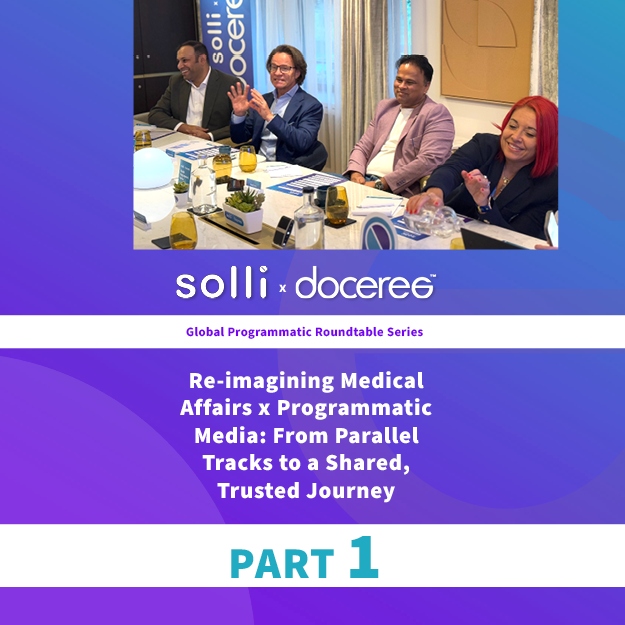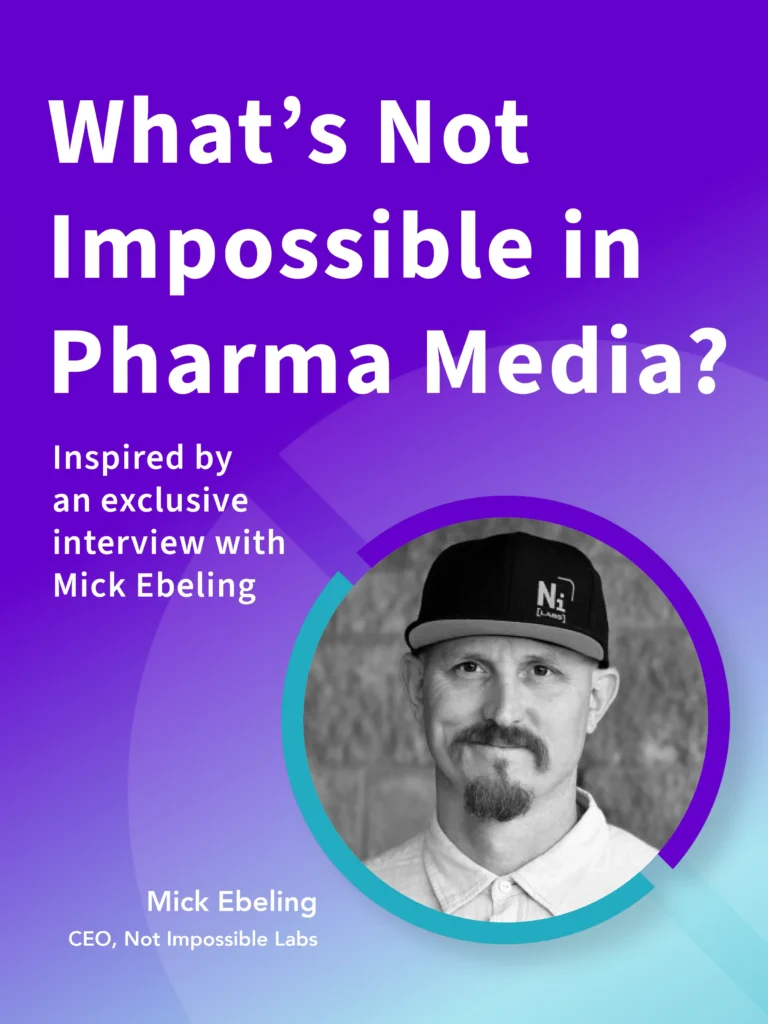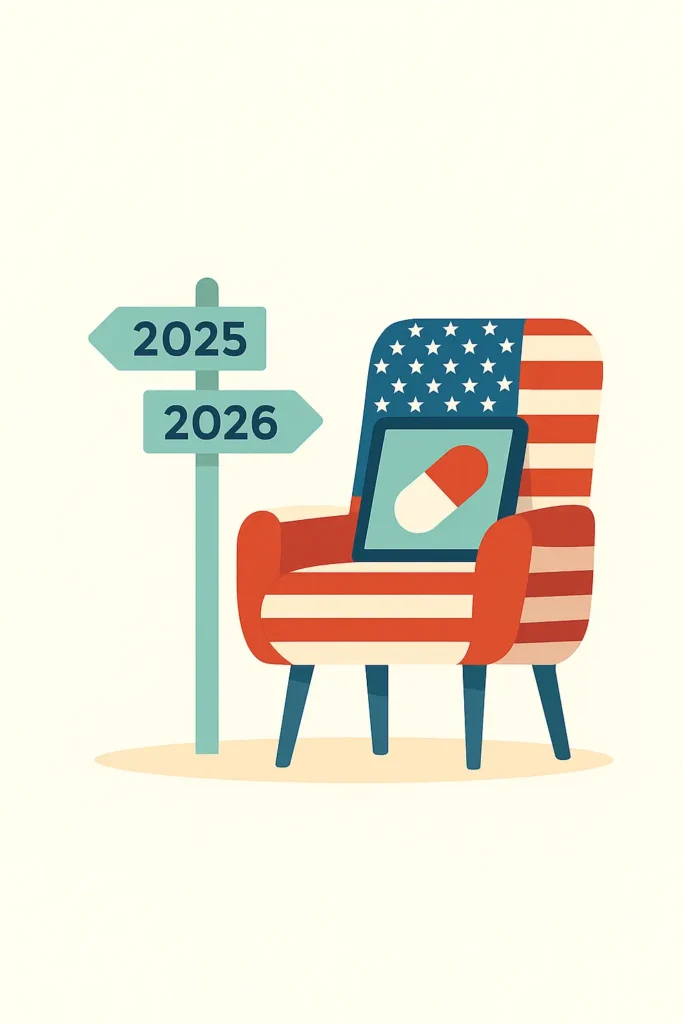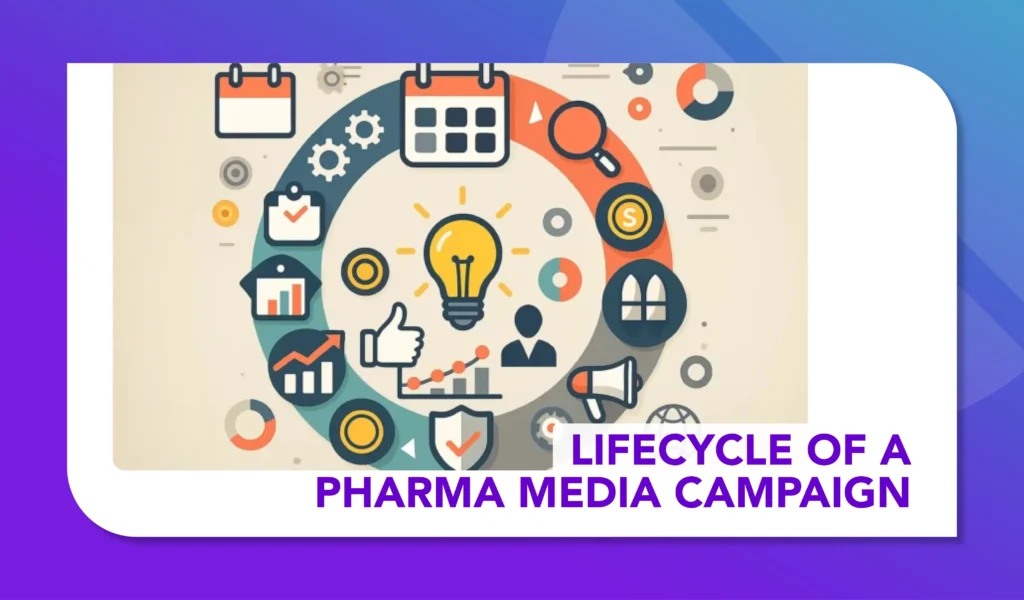The 5 Principles of Growth in B2B Marketing
solli dives into The B2B Institute's report and explores its implications for the global pharma media industry.
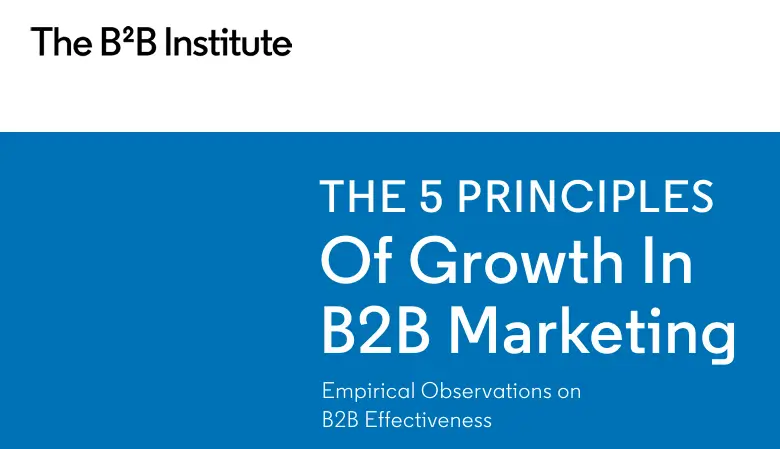
The solli team recently reviewed the LinkedIn B2B Institute report titled “The 5 Principles of Growth in B2B Marketing”, and found so much that was relevant to the audience of solli within the global pharma media industry, we needed to summarise and share.
The LinkedIn B2B Institute is a think tank dedicated to advancing the understanding of B2B marketing strategies and fostering innovation across the industry. This report is a valuable for all of solli’s audiences, including pharma clients, agencies, publishers, and tech companies.
For pharma clients, these principles are crucial to understanding how best to market their products in a highly regulated and competitive environment. The insights on balancing long-term brand building with short-term sales activation can help pharma companies build strong, trusted brands while driving immediate sales.
Agencies will find this report invaluable for planning effective campaigns for their clients. The principles provide a framework for developing strategies that meet short-term goals and contribute to long-term growth. Additionally, agencies can apply these insights to market their own services, demonstrating their thought leadership and expertise and investing into their own craft internally.
Publishers can leverage these principles to market their own products and services to both of the aforementioned. By understanding the importance of share of voice and mental availability, publishers can attract more audience members and advertisers, ultimately driving revenue growth.
Tech companies, above all others can use these principles to market their services and products to all of the above audiences!
This report presents a fresh perspective on the principles that drive growth in the B2B sector. The full report is linked below, and solli’s summary is below.
Understanding the Bass Diffusion Model: The Foundation of Advertising Effectiveness
Before diving into the five principles, it’s essential to grasp the Bass Diffusion Model—a cornerstone of understanding how innovations and products spread through markets. Proposed by Frank Bass in 1969, this model outlines how new products get adopted over time, influenced by two key factors: innovators and imitators.
Innovators are the first to adopt a new product, driven by their own desire for novelty and advancement. Imitators follow, influenced by the early adopters’ choices. The model demonstrates an S-shaped curve where initial growth is slow, accelerates as more people adopt, and eventually tapers off as the market becomes saturated.
Advertising plays a critical role in accelerating this adoption process. Effective advertising can increase the number of innovators and speed up the rate at which imitators follow, thus driving faster and more sustained growth. With this understanding, it’s clear why investing in well-planned advertising strategies, as outlined in the following principles, is crucial for achieving market success.

Image source: LinkedIn The B2B Institute: The 5 Principles of Growth in B2B Marketing
Principle 1: Invest in Share of Voice
In the B2C world, the relationship between a brand’s share of voice (SOV) and its growth is well-documented. The rule is simple: brands that set their SOV above their share of market (SOM) tend to grow, and those that do the opposite tend to shrink. Surprisingly, this principle holds equally true in B2B. Binet and Field’s research shows a robust correlation between market share growth and ESOV (extra share of voice) for B2B brands, with a 0.7% increase in market share for every 10% increase in ESOV. This means that for B2B companies, investing in advertising is not just beneficial—it’s crucial.
Principle 2: Balance Brand and Activation
Balancing long-term brand building with short-term sales activation is another cornerstone of effective marketing. In B2C, the optimal balance is often cited as 60% brand and 40% activation. However, the B2B sector requires a slightly different mix. The report suggests that a 46% investment in brand building and 54% in activation maximizes efficiency. This nuanced balance recognizes the unique dynamics of B2B markets, where longer sales cycles and more complex decision-making processes demand a tailored approach.
Principle 3: Expand Your Customer Base
Contrary to popular belief, loyalty strategies do not drive growth as effectively as customer acquisition strategies. The report emphasizes that B2B brands grow primarily by attracting new customers, not by increasing sales to existing ones. This insight aligns with the Ehrenberg-Bass Institute’s findings on B2C brands. Effective B2B campaigns should therefore focus on broad reach and penetration, targeting potential new customers as well as reinforcing the brand’s presence among existing ones.
Principle 4: Maximize Mental Availability
Mental availability—ensuring your brand comes readily to mind when customers are ready to buy—is critical in B2B marketing. Despite the assumption that B2B decisions are purely rational, the report shows that mental shortcuts and heuristics play a significant role in business purchases. Campaigns that enhance a company’s fame and mental availability deliver superior results. Famous campaigns, those that are widely talked about and shared, are particularly effective, driving significant business outcomes.
Principle 5: Harness the Power of Emotion
Perhaps the most surprising finding is the power of emotional advertising in B2B. Emotional messaging is more effective for long-term brand building, while rational messaging works better for short-term activation. This challenges the stereotype of the purely rational B2B buyer. Emotional campaigns resonate deeply, creating lasting brand associations that drive preference and loyalty. The report cites successful emotional campaigns by Volkswagen Commercial Vehicles and BT Business as prime examples of this principle in action.
Conclusion: Conscious Thought in Pharma Media
Wherever you sit within the global pharma media space, these principles will have profound applications in your work. They can be integrated across the entire brand lifecycle, engaging all stakeholders, and applied in every geographical market. These insights are not just theoretical; they are practical tools designed to drive real results.
Take the time to dive into the full report—it’s well worth the read and can be found here.

